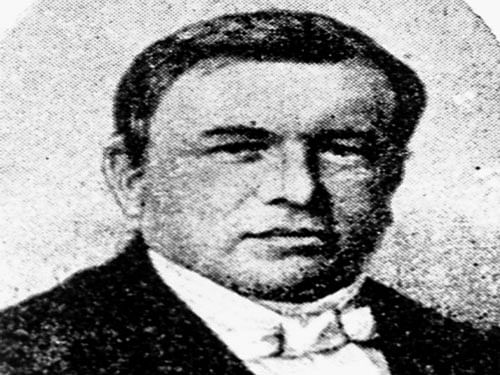
Early years of Kannada journalism
When Hermann Frederick Mogling arrived in Mangalore with his Basel missionary in December 1836, he would have never thought of the change he could bring about in the field of vernacular press. However, during his stay across the next 24 years, he contributed a lot more, especially in literature and journalism. His foray into this realm marks the golden era in Kannada literature and journalism.
He had mastered theology and exhibited extraordinary skills in missionary endeavors. Besides German, he had mastery over English, Persian and Sanskrit before setting sail to India. In a short span of time he mastered Kannada too. He travelled to Dharwad, Hubli and Gadag and was successful in setting up schools and churches with the support of public.
Reliable source
When he came back to Mangalore in 1838 he decided to bring out a newspaper to provide reliable information. With the launch of the first Kannada fortnightly, Mangalura Samachara, on July 1, 1843 he opened a new chapter in the history of Kannada. He began the publication to assist people to have a better understanding of the changing world. The fortnightly consisted four handwritten pages and reproduced on kallacchu. It was priced at one duddu and was available in shops for sale and by post on subscription.
Over a period of time, the variety of contents expanded. Social, health, education, administration and later political issues began to appear in the columns of this newspaper. The news items were grouped as local, government, legal, literary, moral and developments in other Indian states.
Though it was a missionary publication, Hermann exhibited his professional journalistic skills in the selection of news items. In a way the publication was a harbinger in unifying Kannada speaking people who were spread out in different administrative setups.
He encouraged readers to write letters and share news items of their places. This publication, in a way, was a harbinger in uniting Kannada speaking people who were spread out in different administrative setups.
For better facilities
For about eight months, the paper made an impressive mark and cultivated the habit of newspaper reading among public. He shifted the printing of this publication to Bellary in March 1844, which had better printing facilities. He noted that with the modern printing facility the publication would be easy to read and would be certainly liked by the readers. Further it could include more news items besides history and educational materials. The publication was rechristened as Kannada Samachara.
The publication was printed from Bellary for around 10 months before it eventually closed. Hermann could not monitor the publication properly as he was stationed at Mangalore and he diverted his attention towards Kannada literature. He made another attempt to bring out a newspaper entitled Kannada Varthika in 1857 to highlight the developments after Sepoy Mutiny in the country. However, it lasted only for a year.
Today, he is remembered as the first modern Kannada writer by linguists and writers. In a short span of two decades, he churned out as many as 36 literary works, each being exceptional and ground-breaking in Kannada literature. Hermann died in 1881 and his memorial is in Esslingen, Germany.
Today, there are over 4211 registered publications in Kannada. A serious and sincere momentum is needed to spread the reading culture of vernacular newspapers.